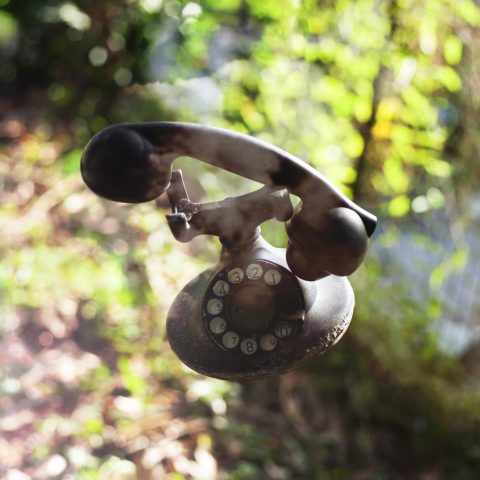What about this story came to you first? The character? The war? The alphabet soup? What was the spark that ignited the story?
I was reading war stories by William T. Vollmann, told from the perspective of an adult male character. The stories felt so real, and the world felt so dangerous, that I honestly didn’t get very far, but what I did read gave me time to consider what it must be like for a young girl to live through war. And what I decided was that hope would be the only thing that would get her through a difficult hour, a difficult day, a difficult year. And I decided to have that hope represented within a can of alphabet soup, which would nourish not only her body, but also her mind. I also wanted to call attention to the plight of so many young girls who, along with their families, make enormous sacrifices to gain an education.
I love that moment when the story turns in on itself and almost begins to be told in reverse. Did you realize you were doing that, or did it just happen?
I’m very fond of the philosopher William James’ idea that the present is “no knife-edge, but a saddle-back, with a certain breadth of its own on which we sit perched, and from which we look in two directions into time.” The idea of telling a story straight through, chronologically, hasn’t yet occurred to me.
Did you have a specific setting in mind for this story? Or is the point that it could be any war?
I tried to make the setting is vague as possible with the idea of making the story more universal and timeless, almost like a fairytale. Once upon a time of war, there was a little girl who ate alphabet soup, recited the poetry of Robert Frost, and biked to school in violet galoshes.
Do you eat alphabet soup? If so, do you have a method or order you eat it in?
Ha ha! That’s a good one. Alphabet soup is actually quite difficult to find. Sometimes the local grocery stores stock it and other times they don’t. But I prefer the chicken noodle soup at the Jewish deli near my house. And the bagels that come with it.



 The SmokeLong Grand Micro Contest (The Mikey) is now an annual competition celebrating and compensating the best micro fiction and nonfiction online.
The SmokeLong Grand Micro Contest (The Mikey) is now an annual competition celebrating and compensating the best micro fiction and nonfiction online.